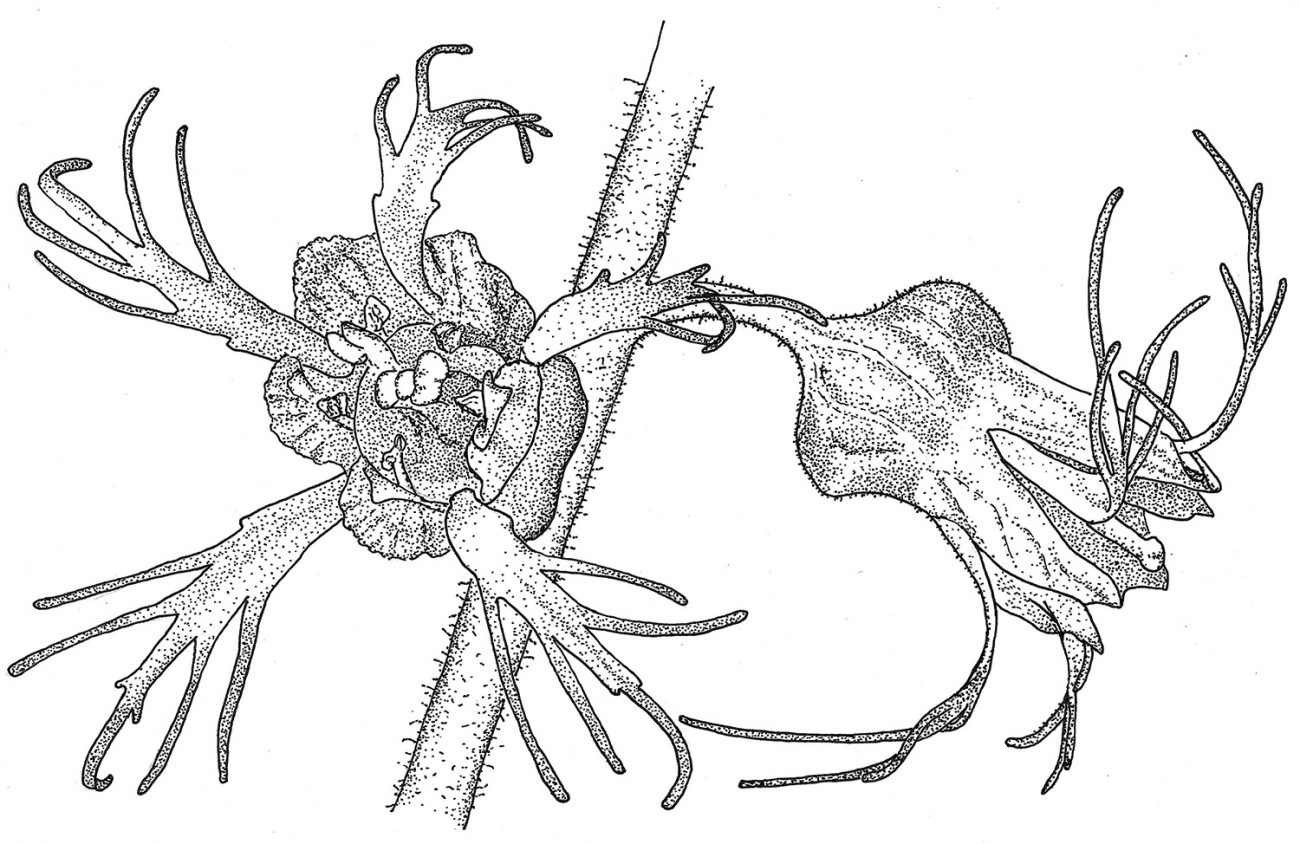With the flood of spring growth, this is an excellent time to wander in the woods, walking favorite trails slowly and quietly, paying attention to every moss and flower. One of the natural history mentors of my youth was fond of saying, “Never go the same way twice.” I took him seriously while in high school. I sought out different stream valleys to explore and hills to visit every weekend. Only in my later years did I recognize that this advice is something of a koan — because of time, nothing stays the same. It is impossible to go the same way twice. There is always something new to see, discoveries to be made in the most familiar of places.
The recently described Japanese practice of shinrin yoku, forest bathing, has become popular in America as a form of nature therapy. Its beneficial effects on human physiology have been clearly demonstrated. It is often done as a group activity.
Related to shinrin yoku is seeking Waldeinsamkeit. This practice originated in the time of Mozart and Goethe, an element of German Romanticism of the late 18th century. Sometimes translated as “forest loneliness,” it is better called “forest solitude.” Similar to shinrin yoku, Waldeinsamkeit enriches one’s spiritual wellbeing.
A keen observer of the flowers along mountain stream trails keeps an eye out for spots where fringecup and piggyback plants grow together. A rare treat is finding their hybrid. These beautiful, nameless hybrids do not last long in nature. They cannot make fertile seeds.
David Wagner is a botanist who has worked in Eugene for more than 40 years. He teaches moss classes, leads nature walks and publishes the Oregon Nature Calendar. He may be contacted directly at fernzenmosses@me.com.
